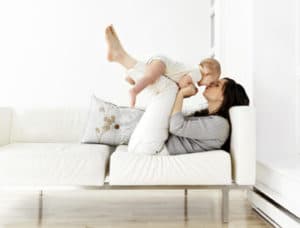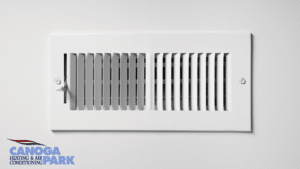
3 Benefits of Duct Sealing Service
By insulating and sealing your ducts, you can improve the efficiency of your system dramatically. Your conditioned air can easily be thrown back into areas that are not conditioned with proper ducts or ones that are improperly sealed. You will definitely be losing efficiency when this happens. Also, the non-conditioned air will be pulled by the non-sealed ducts and will cause your system to work that much harder to keep the desired humidity and temperature in your home. Different appliances such as furnaces and water heaters can also release gases that are dangerous like carbon monoxide which may then get sucked into the ducts through return ducts that are leaky. With that said, below are 3 benefits of duct sealing services. Energy savings This is usually the most common reason why people look for duct sealing services. When you are saving energy, you are going to lower your energy bills, which means a job that is high quality, can pay for itself over the years in energy savings. It also benefits our environment to conserve energy. The less amount of energy you use to keep your home comfortable, the less of an environmental impact it will have. Comfort Often, you







